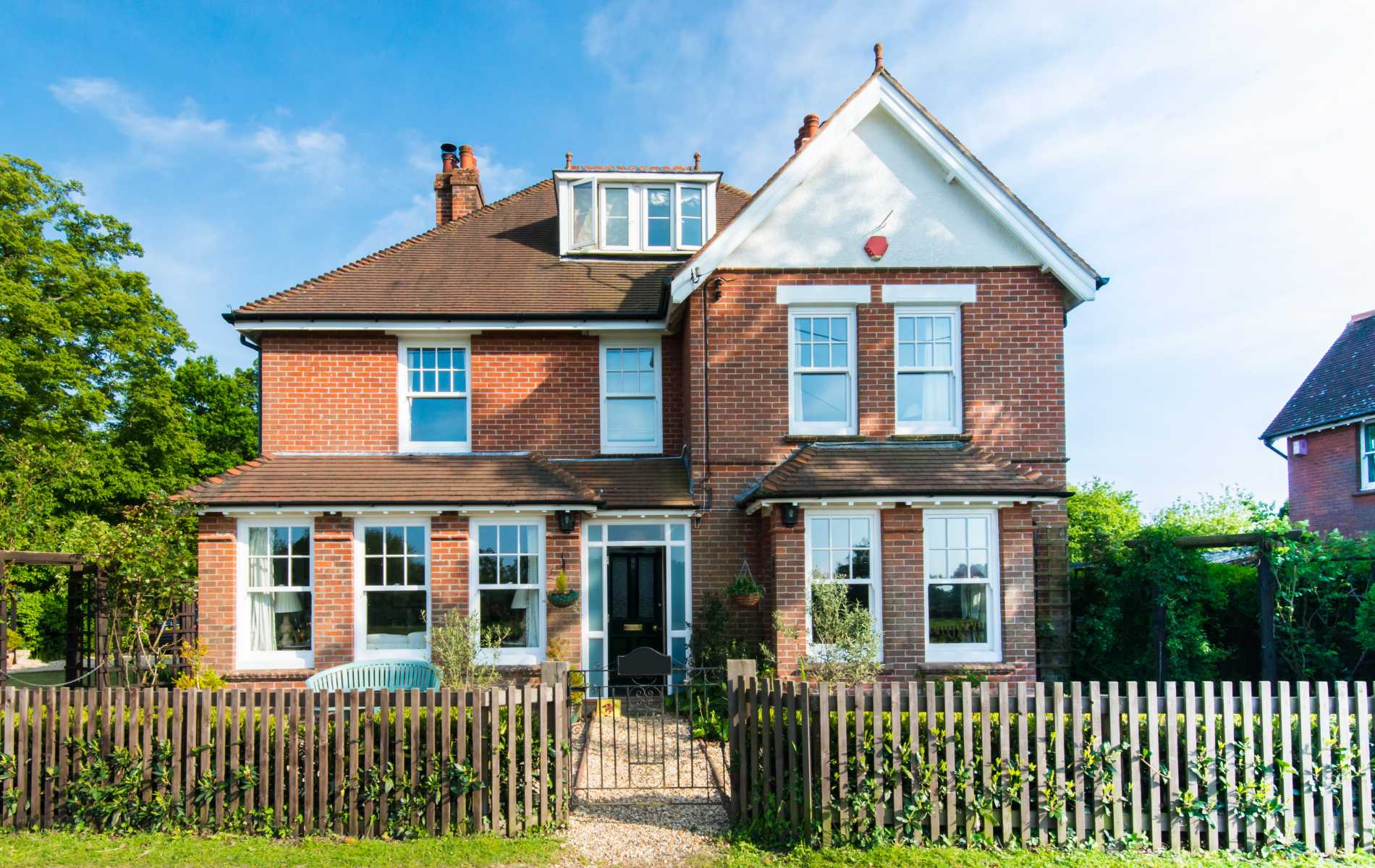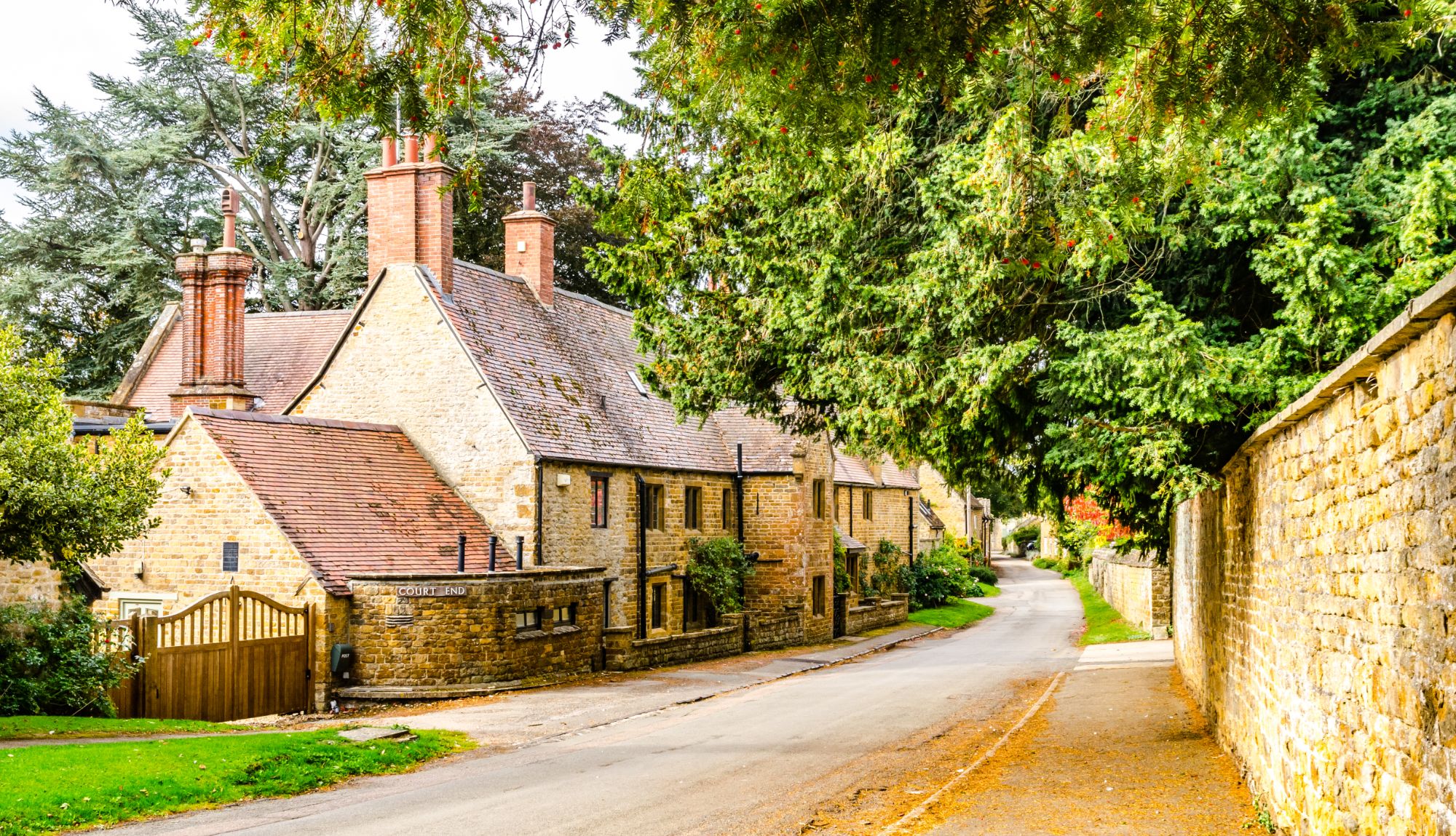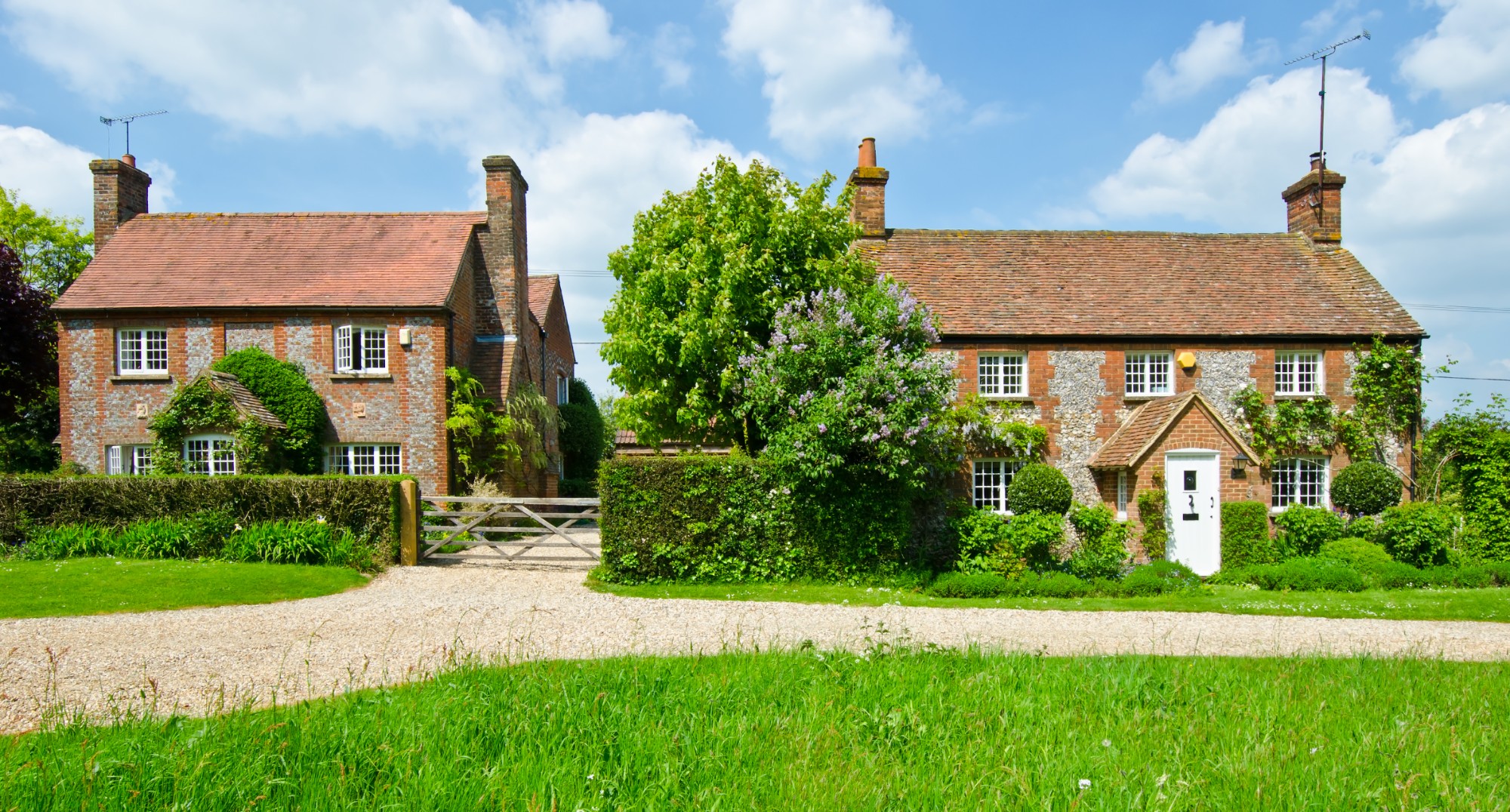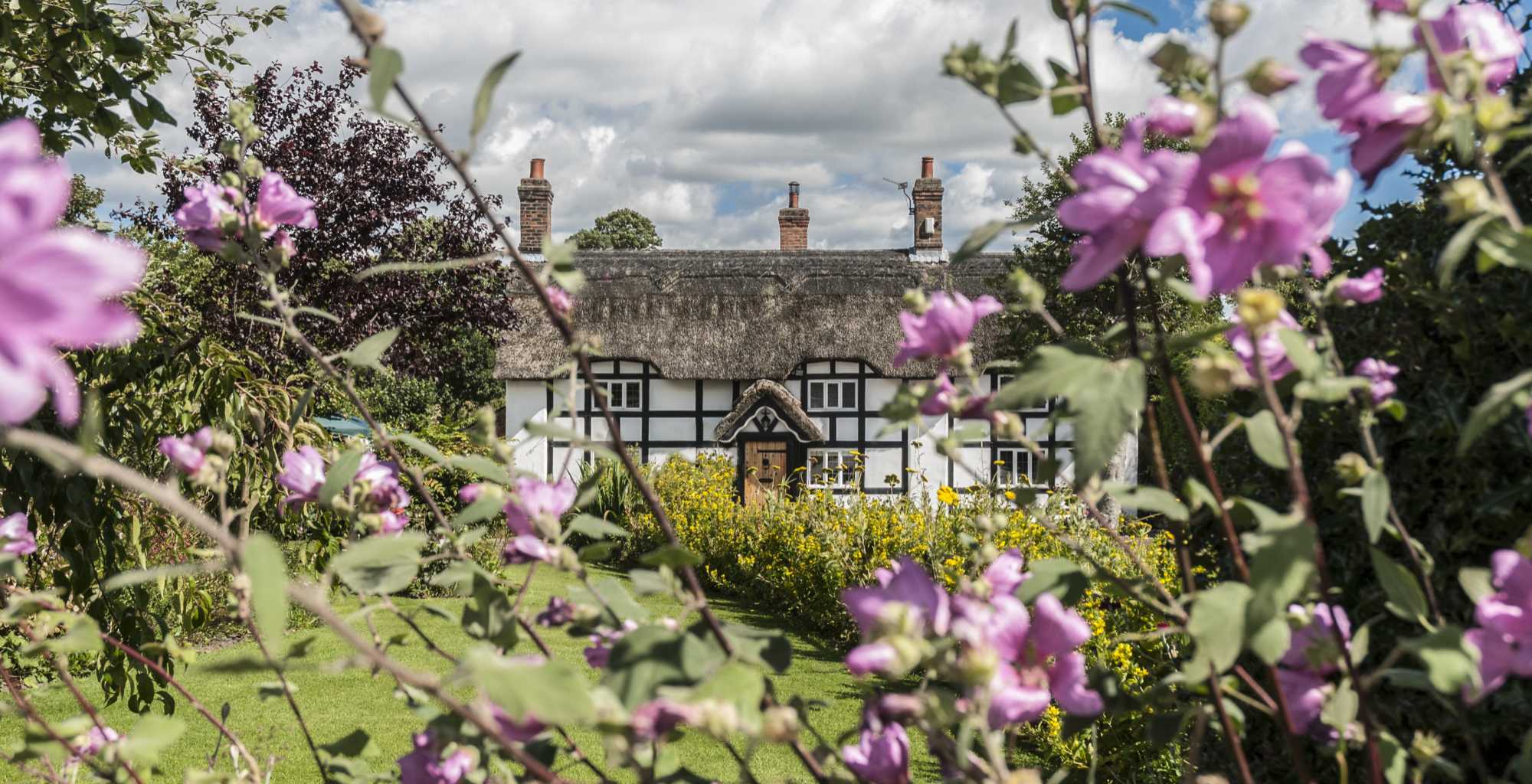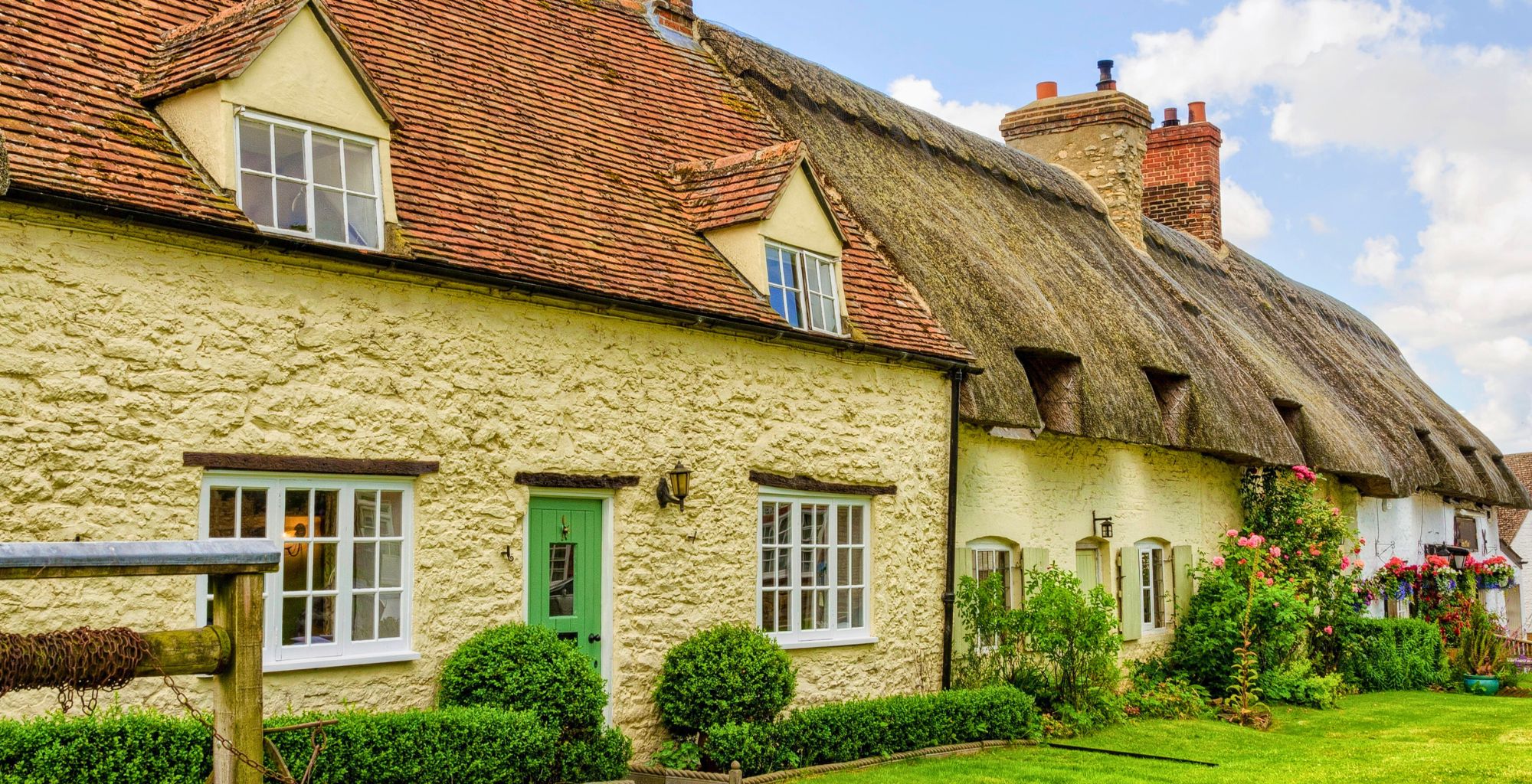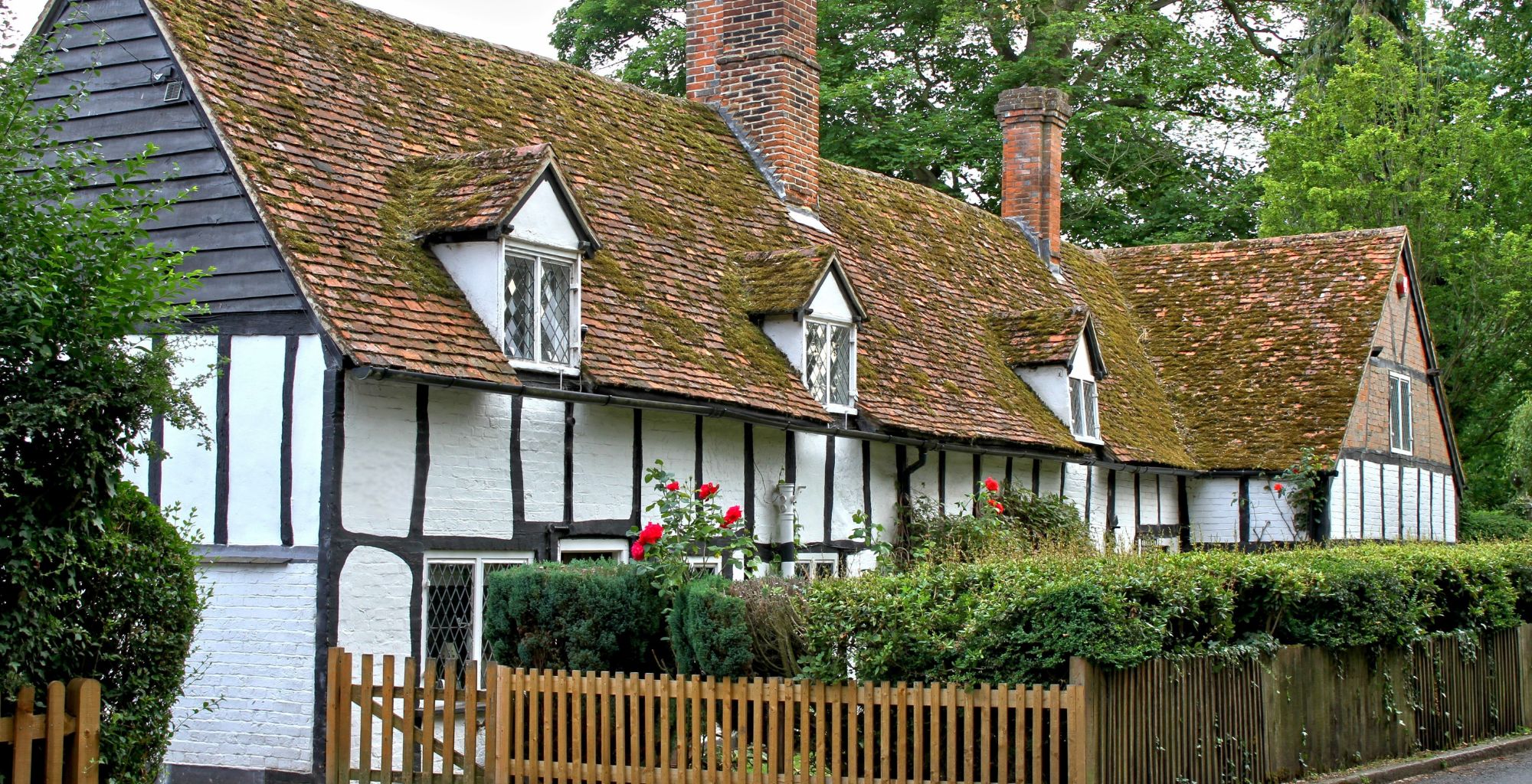Are you considering a move to the North West and want to know where the best places to live...
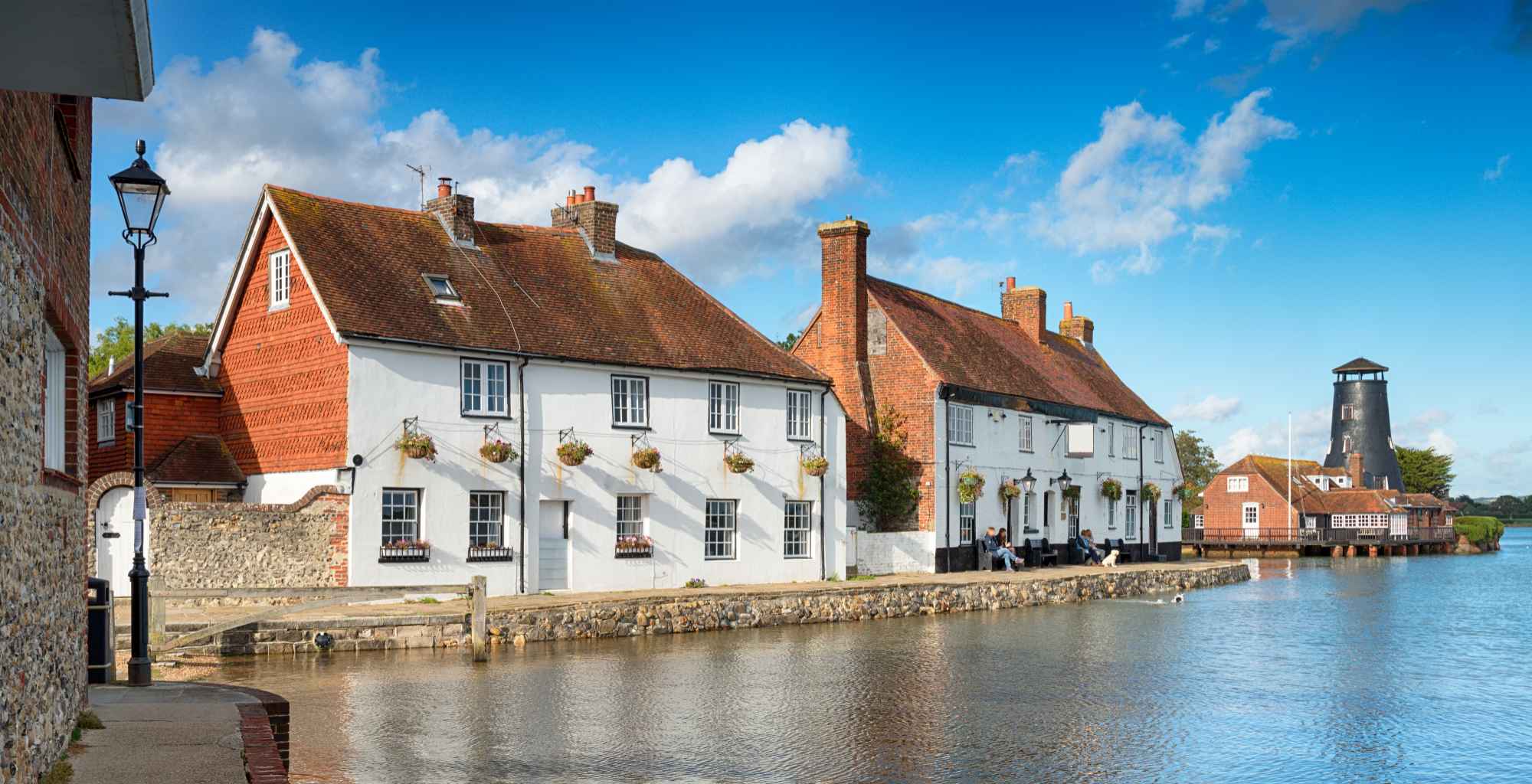
The best places to live in Hampshire
Hampshire is the largest county in South East England, offering both countryside and coastal living there are many places to look for a home, here we share some of the best places to live in Hampshire.
A beautiful county and highly desirable place to live, Hampshire has quaint villages, two National Parks and vibrant cities.

Winchester
Key facts:
- Education: there are several primary schools within the City of Winchester and three of them are rated Outstanding by Ofsted – St Bede Church of England Primary School, St Faith’s Church of England Primary School, and St Peter’s Catholic Primary School. At secondary level, in the state sector, the comprehensive Thorden School (co-educational ages 11 to 16) is also rated as Outstanding. The City is also home to probably one of the best known independent schools in the UK: Winchester College;
- Transport links: sitting alongside the major M3 motorway, Winchester is extremely well connected by road to London and the whole of the UK roads network. Driving time to central London (some 68 miles or 109 km) is around an hour and a half, depending, of course, on the traffic;
- Trains: there are frequent, fast trains from Winchester station to London Waterloo and the journey time is around an hour and a half.
Why live in Winchester?
Winchester is the county town and administrative centre of the county of Hampshire and the ancient capital of the Kingdom of Wessex. A statue of King Alfred marks its long and illustrious past.
The city is a bridging point of the River Itchen—the extensive grounds of Winchester College lie along its banks—and it sits on the western-most edge of the South Downs, surrounded by rolling Hampshire countryside.
Winchester is very well connected by both road and rail, making the city a favourite among commuters. As we concluded in another of our posts on Winchester, its location is one of its strongest selling points.
Petersfield
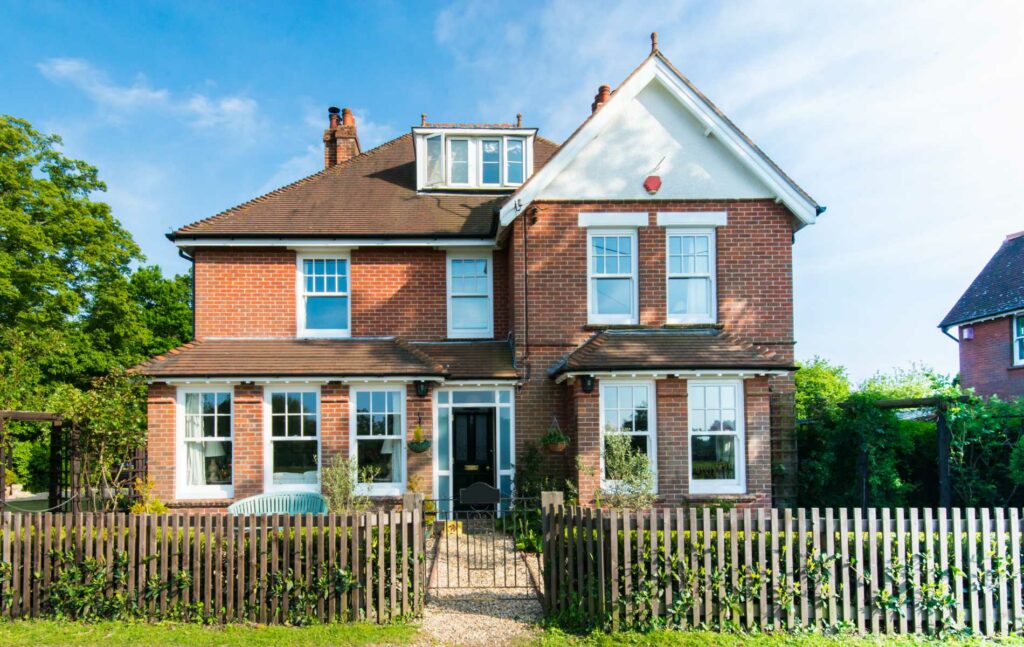
Key facts:
- Education: there are five primary schools in Petersfield, all of which have been inspected and rated Good by Ofsted. The Petersfield School—a public sector Academy for 11-16 year-olds—is rated Outstanding by Ofsted. Petersfield is also home to two leading independent schools—highly regarded by the Independent Schools Inspectorate (ISI)—Bedales, a co-educational day and boarding school for pupils aged 13 to 18, and Churcher’s College, a day school founded in 1722 for girls and boys aged 2 to 18;
- Transport links: the market town of Petersfield is at a major transport crossroads—the trunk route A3 which runs north to south from Petersfield to Portsmouth and east (Haywards Heath) to west (Winchester). It is just 15 miles (24 km) north of Portsmouth. London is some 57 miles (92 km) to the northeast and will take around an hour and a half to drive to;
- Trains: Petersfield railway station is on the mainline between London and Portsmouth, with frequent trains into London Waterloo, with most journeys taking less than an hour and a half.
Why live in Petersfield?
Petersfield is often described as a highly desirable place to live—trains to London are frequent and fast, while Winchester and Chichester are both but short drives away.
But Petersfield is far more than a dormitory town. It is surrounded by the lush and fertile Hampshire countryside, within the boundaries of the rolling South Downs National Park.
It is little wonder that Petersfield has been voted—more than once—as among the best places to live in Britain.
Lymington
Key facts:
- Education: Lymington Church of England Infant School and Milford-on-Sea Church of England Primary School are primary schools rated Outstanding by Ofsted but there are several other such schools rated Good close by. The public sector Academy, Priestlands School, for 11-16 year-olds is rated Good by Ofsted. A highly regarded independent schools for pupils aged 11 to 18 is King Edward VI School in nearby Southampton (18 miles, 29 km) away;
- Transport links: Lymington is a port on the River of the same name as it enters the Solent—car and passenger ferries link the town to the Isle of Wight across the water. The A337 is the main road out of the town to nearby Lyndhurst, where you can join the M3 motorway—northeast towards Southampton and London or southwest towards Christchurch and Bournemouth. The 98-mile (157 km) drive to London is likely to take around two hours;
- Trains: Lymington has two railway stations: Lymington Town and Lymington Pier (for the Isle of Wight), with services to Brockenhurst and onwards to London. Trains to London Waterloo take around two hours.
Why live in Lymington?
Lymington has a bustling high street with weekly markets. A special feature of the town is its waterfront and the neighbouring sailing and yacht clubs, lending the port a distinctly nautical flavour, especially during the famous annual regatta: Cowes Week.
With the Isle of Wight across the Solent to the south and the open expanse of the New Forest National Park to the north, Lymington combines the best of country living in Hampshire.
While enjoying its own quiet corner of the county, Lymington also attracts its fair share of commuters thanks to the regular and fast train services to either Southampton or London.
Brockenhurst
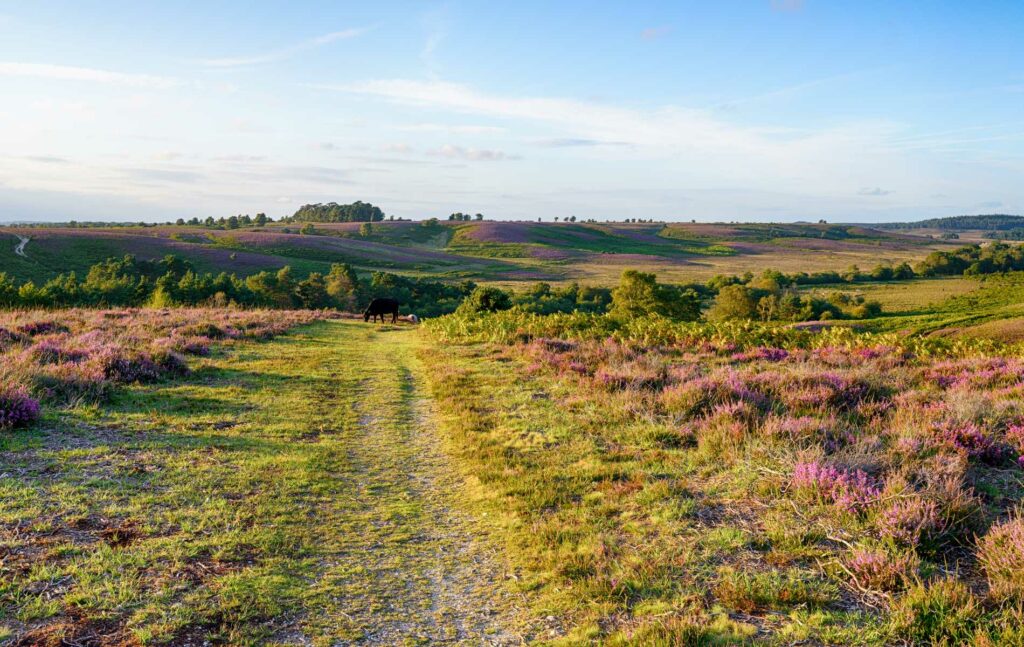
Key facts:
- Education: Brockenhurst Church of England Primary School is rated Good by Ofsted. The former Grammar School and now College of Further Education, Brockenhurst College (for students aged 16 and up) is also rated Good by Ofsted. The highly regarded independent school (co-educational, day, and boarding for around 900 pupils) is King Edward VI School in Southampton (some 14 miles, 22 km away);
- Transport links: Brockenhurst is best described as a large village situated in the New Forest and around 6 miles (9 km) from the market town and port of Lymington. It is also just 4 miles (6.4 km) from Lyndhurst and that town’s junction with the M27 motorway, linking to the M3, Southampton and London. The drive into central London—some 93 miles, 149 km—is likely to take around two hours;
- Trains: services from the mainline station at Brockenhurst travel to London in around an hour and 40 minutes or across the country to Reading, Oxford, Birmingham, and eventually Manchester, Piccadilly.
Why live in Brockenhurst?
The large village lies at the centre of a conservation area in the heart of the beautiful New Forest National Park and forest ponies are free to wander the village streets.
With less traffic congestion and faster and more convenient transport links than its close neighbour, Lyndhurst, Brockenhurst is often voted as one of the best places to live in the UK.
Alresford
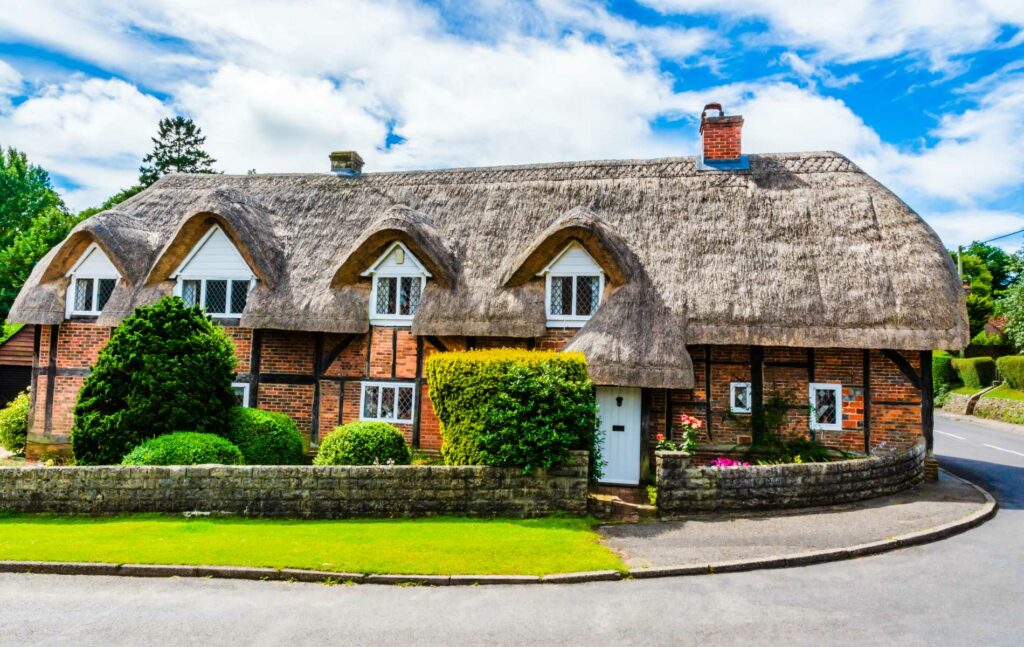
Key facts:
- Education: Cheriton Primary School in the village is rated Outstanding by Ofsted. Around 1,000 pupils attend Perins School, a state sector Academy (ages 11 to 16), which is rated Good by Ofsted. Brockwood Park School, on the outskirts of Alresford, is a small international boarding school (ages 14 to 19), providing what is described as a “holistic education” for around 75 students—said to be the only school of its kind in Europe;
- Transport links: Alresford is on the main trunk road, the A31, which links Winchester to the southwest (7.5 miles, 12 km) and Farnham (21 miles, 33 km) and Guildford to the northeast. Immediately 15 miles (24 km) to the north lies the town of Basingstoke and its junction with the main M3 motorway which leads directly into central London—a distance of around 74 miles (119 km) and a drive of about an hour and 40 minutes;
- Trains: the nearest mainline station to Alresford is in Winchester some 7.5 miles (12 km) away, for frequent and fast (around an hour and a half) trains to London. There is also the steam railway which takes you to Alton station, where you can connect to trains going into London Waterloo.
Why live in Alresford?
With its rows of Georgian houses lining its market streets, riverside walks, and specialist, independent shops, Alresford is a “vision of pastel perfection” says Visit Hampshire.
It’s unique, countryside credentials are further marked by the town’s long-established status as the capital of watercress farming in the UK.
Alresford, along with the villages of Bentley, Froyle and Bentworth, is very much a part of Jane Austen country.
Odiham
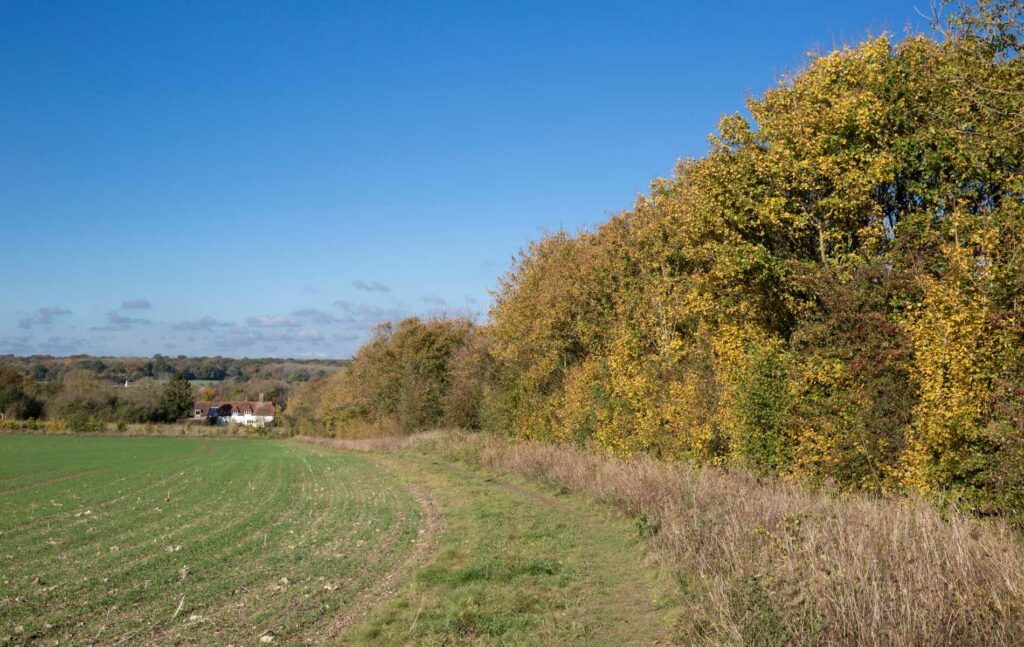
Key facts:
- Education: Mayhill Junior School in the village is rated Good by Ofsted, but Hook Junior School—just 2.6 miles (4 km) away—is rated Outstanding. The public sector secondary school, Bishop Challoner Catholic Secondary School, in nearby Basingstoke (8.1 miles, 13 km away) is rated as Outstanding by Ofsted. The leading independent Wellington College (co-educational, day and boarding for some 1,200 pupils aged 13 to 18) is a short drive away;
- Transport links: Odiham is just 2.6 miles (4 km) from the village of Hook and the junction with the M3 motorway which leads southwest to Winchester Southampton and northeast to London. The 46.5-mile (75 km) drive into central London is likely to take around one hour and 10 minutes;
- Trains: The nearest mainline train station is also at Hook—from here, trains run regularly into London Waterloo and take typically between 50 minutes and one hour.
Why live in Odiham?
Odiham is a popular commuter hotspot, which just a few years ago, was voted by the Sunday Times as “the most desirable place to live in Britain for the past decade”—praise indeed!
It maintains that status as a community in the administrative constituency, the Borough of Hart, which has been judged one of the districts with the best quality of life in the UK.
Stockbridge
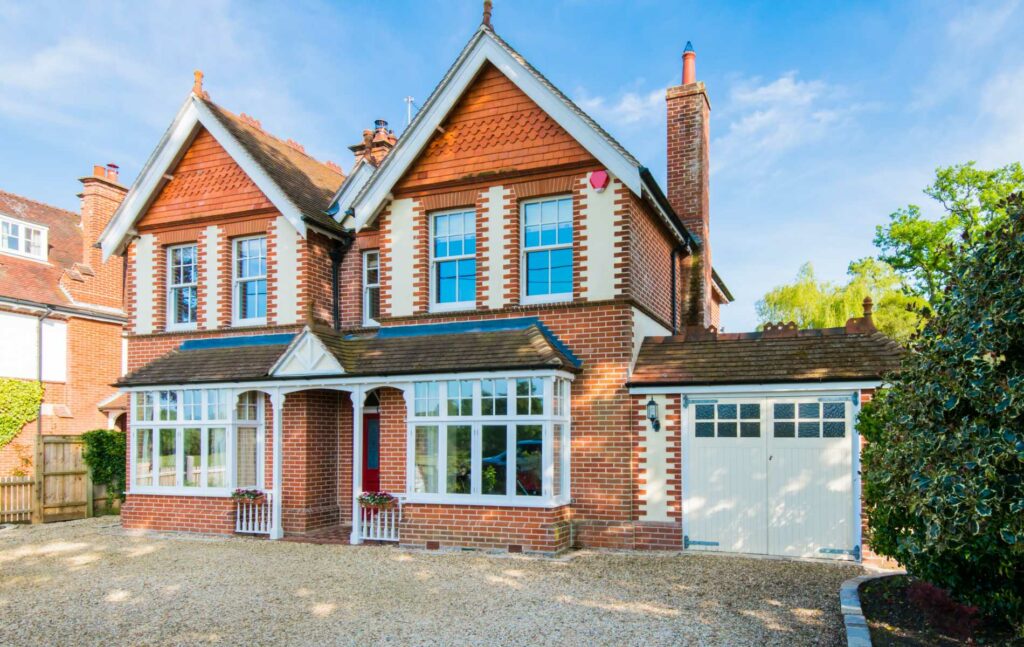
Key facts:
- Education: Stockbridge Primary & Pre-School and King’s Somborne Church of England Primary School are both rated Good by Ofsted. The village is host to the Test Valley comprehensive secondary school, which has Specialist Status in mathematics and computing and is rated Good by Ofsted. The leading independent school Winchester College is less than 10 miles (15.4 km) away;
- Transport links: Stockbridge is in the middle of the countryside approximately 10 miles (15.4 km) equidistant from Winchester to the southeast and Andover to the north. From Winchester, there is the junction with the M3 motorway—northbound for London and southbound for Southampton and the New Forest—and in Andover, a junction with the main A303 trunk road which skirts the historic monument at Stonehenge and heads onwards to the Southwest;
- Trains: The mainline railway stations are also in Winchester and Andover—with both offering regular and fast (roughly an hour and a half) services to London.
Why live in Stockbridge?
Stockbridge lies in the heart of the Test Valley, noted for its peace, tranquillity, and the rural charm of its meandering chalk streams, picturesque villages, and impressive country houses.
The River Test and its tributaries are a paradise for fly-fishermen, all of this within a very easy daily commute to London.
Milford on Sea
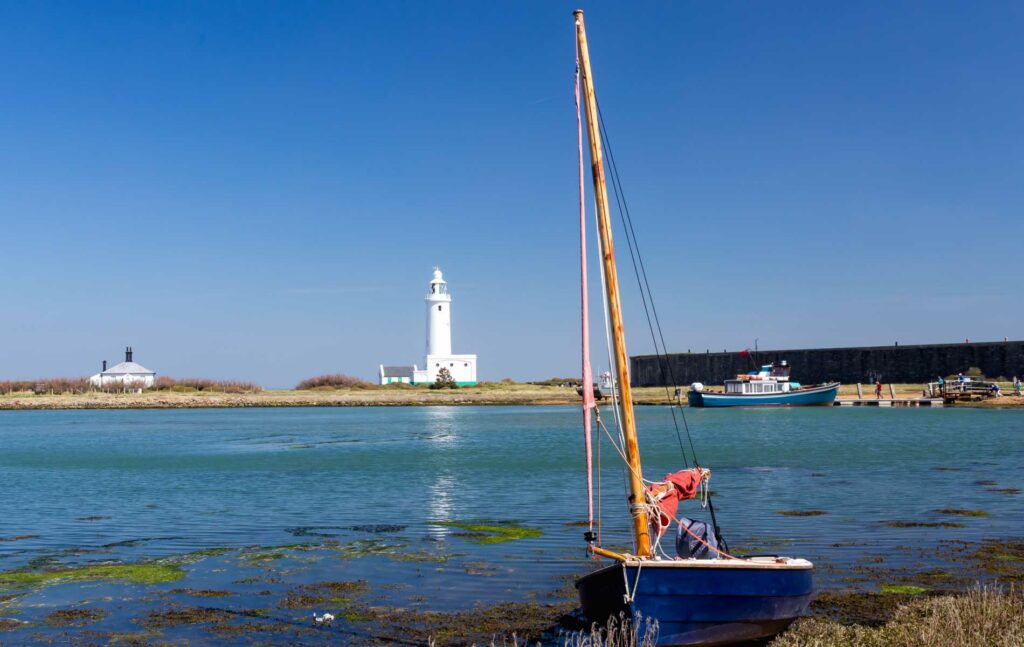
Key facts:
- Education: Milford-on-Sea Church of England Primary School is rated by Ofsted as Outstanding. The last inspection by Ofsted of the secondary modern Priestlands School—in the village of Pennington, some 3 miles (4.8 km) away—in November 2016, found its standard and performance to be rated Good.
- Transport links: thanks to its coastal position overlooking the Solent and the western extremities of the Isle of Wight, Milford on Sea might at first appear to be relatively remote. Through a series of local roads, though, road links are made to nearby Lymington and immediately north to Brockenhurst in the middle of the New Forest and on to the junction with the M3 motorway at Cadnam—16 miles (25 km) away. Via this route, the 101-mile (162 km) drive into central London is likely to take just over two hours;
- Trains: the nearest mainline railway station is at Lymington and trains from here take around two hours into London Waterloo.
Why live in Milford on Sea?
Milford is a small but lively and picturesque village by the sea. There is a long beachfront extending across a shingle spit into the Solent and the remains of Hurst Castle (built by the Tudor King Henry VIII).
Inland from the many water sports—and the visitors they attract in the summertime—you can relax in the peace and tranquillity of the New Forest.
When work beckons, you will be grateful that the commute into central London is unlikely to take longer than around two hours.
Kingsclere
Key facts:
- Education: Kingsclere Church of England Primary School is rated Good by Ofsted. At secondary level in the public sector, Queen Mary’s College, Basingstoke—8 miles (13 km) away—and St Bartholomew’s School in Newbury, also 8 miles away, are both rated Good by Ofsted. Cheam School is a highly regarded prep school founded in 1645 for boys and girls, nearby in Newbury;
- Transport links: Kingsclere sits astride the A339 trunk road equidistant—8 miles (13 km) between Newbury to the north and Basingstoke to the south. What makes the town especially well connected to the national road network is access to the M4 motorway near Newbury and the M3 motorway near Basingstoke. London is around 60 miles (96 km) away—a drive of around an hour and twenty minutes;
- Trains: one of the nearest mainline railway stations is at Overton—4.3 miles (7 km) away, and trains from here to London Waterloo take around an hour and 15 minutes.
Why live in Kingsclere?
It certainly has a history—the village was mentioned by King Alfred the Great in his will of 899.
A large part of the village is designated a conservation area and it is home to 68 listed buildings and 38 more throughout the rest of the Parish, which is in the very north of Hampshire.
It borders the county of Royal Berkshire, surrounded by beautiful well-farmed countryside.
Ringwood
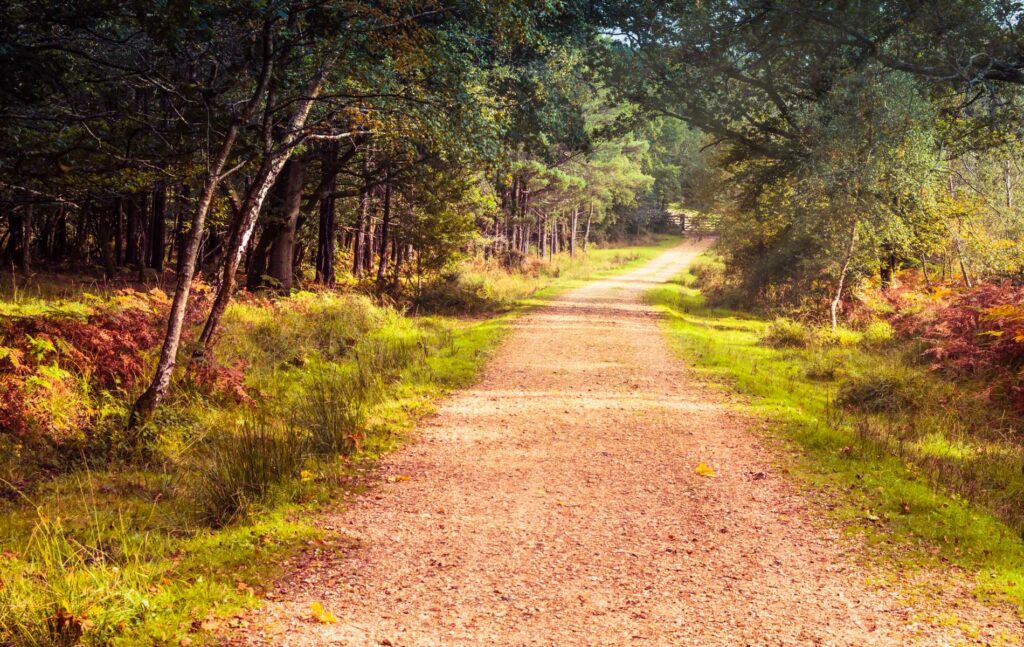
Key facts:
- Education: St Ives Primary & Nursery School is rated Outstanding by Ofsted. In the secondary level, public sector for 11 to 18 year-olds Ringwood School Academy is rated Good by Ofsted at its most recent inspection in 2017. Moyles Court School is a private, independent school located in Ringwood for day pupils and boarders aged 3 to 16 years. The school received a favourable report from the Independent Schools Inspectorate (ISI) in November 2018;
- Transport links: Ringwood is well connected to the national road network. It is on the main A31 trunk road which runs from Dorchester to the southwest to Southampton—through the New Forest National Park. Near the centre of the New Forest, at the junction for Lyndhurst, the A31 becomes the M27 motorway to Southampton and, beyond that, the M3 motorway to London. The 97-mile (155 km) drive from Ringwood to central London takes around two hours;
- Trains: the nearest, most convenient railway station for services direct to London Waterloo is at Brockenhurst—some 9.5 miles (15 km) away—where trains make the journey in around an hour and 40 minutes.
Why live in Ringwood?
From at least 1226, Ringwood was the principal market town for the whole of the New Forest, straddling an important bridging point of the River Avon.
The historic town remains largely unspoilt, streets are lined with independent shops, and you will find plenty of restaurants, cafes, and pubs. Many visitors still use the town as a base from which to tour the New Forest.
This is a semi-rural location you can also enjoy—and still make a comfortable commute by train into central London each day.
Hambledon
Key facts:
- Education: Hambledon Primary School is rated Outstanding by Ofsted. Secondary schools in the public sector include Oaklands Catholic School (co-educational, for pupils aged 11 to 18) and the further education college Havant and South Downs College, which are rated Good by Ofsted and are both in Waterlooville – some 5.8 miles (9.3 km) away. The independent, co-educational Portsmouth Grammar School, founded in 1732, for pupils aged 5 to 18—and some ten miles (16 km) away—was judged Excellent in the most recent report by the Independent Schools Inspectorate (ISI)
- Transport links: Hambledon is on the southwestern edge of the South Downs National Park, to the west of Horndean (6.2 miles, 10 km) and Waterlooville (5.8 miles, 9.3 km) and directly north of Portsmouth (10 miles, 16 km). Both Horndean and Waterlooville give access to the main A3(M), south to Portsmouth and northeast to Petersfield, Guildford, and London. The 66.7-mile (107 km) drive to central London is likely to take just over an hour and a half (depending on traffic of course);
- Trains: the nearest, most convenient railway station for trains to London is at Havant—8.5 miles (14 km) away—and services to London Waterloo take around an hour and a half.
Why live in Hambledon?
The settlement at Hambledon dates back to Saxon times.
Residents reflecting on more recent times will boast that the village is also the cradle of the very English game of Cricket—with the rules of the game famously written in 1750 in the Bat and Ball pub situated on Broadhalfpenny Down.
The village remains a very small community, with around only 400 households and some 1,000 residents.
Far from being any remote backwater, though, the proximity of Portsmouth to the south and London to the north east ensure that those few residents remain very well connected.
Cheriton
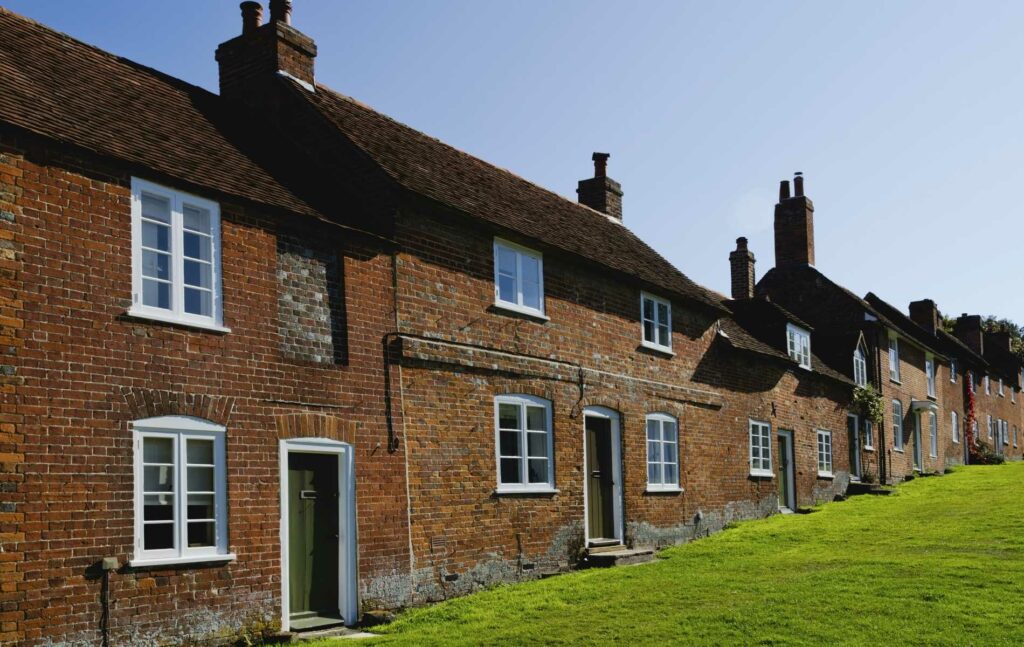
Key facts:
- Education: Cheriton Primary School is rated Outstanding by Ofsted. The secondary level public sector Perins School in Alresford—2.4 miles (4 km) away—is rated Good by Ofsted. Also, in Alresford is the independent, fee-paying, international boarding school for 14 to 19 year-old girls and boys, Brockwood Park School;
- Transport links: Cheriton is in the heart of the Hampshire countryside, some eight miles (13 km) to the east of Winchester. Although those eight short miles put the village in the heart of the countryside, Winchester is a gateway to the M3 motorway and, from there, the whole of the national network. By road, the 74-mile (119 km) drive from Cheriton to central London is likely to take around an hour and a half;
- Trains: train services to London Waterloo, run from the nearest mainline station at Winchester—the journey into the capital then takes roughly an hour and a half.
Why live in Cheriton?
Cheriton is one of the finest villages on the South Downs and the award-winning pub and its onsite brewery make it particularly special.
All the regular village amenities, from the local primary school to the Post Office, cricket club and tennis club just about seal the deal.
The village is surrounded by the lush, fertile farmlands of Hampshire yet it is only a stone’s throw from the county capital—historic Winchester—and the whole of Britain beyond.
With a short drive to Winchester station and a comfortable train ride, Cheriton also passes muster as a highly desirable commuter town.
Selborne
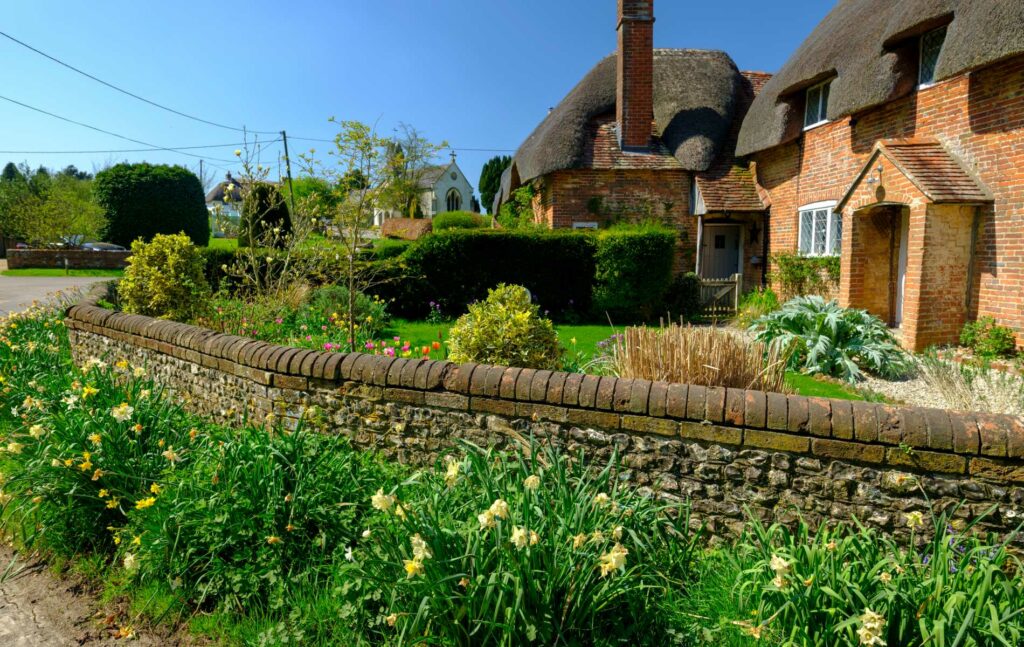
Key facts:
- Education: Selborne Church of England Primary School is rated Good by Ofsted. The public sector secondary, co-educational, Amery Hill School, which is in Alton— just five miles (8 km) to the north—was also rated Good by Ofsted at the last inspection in 2017. There are many highly regarded independent schools in the neighbourhood: including Alton School, and Churcher’s College and Bedales, both in Petersfield (8 miles, 14 km away);
- Transport links: Selborne lies in the northwestern part of the South Downs National Park, immediately south of the market town of Alton, which is 5 miles (8 km) away. Near Alton, there is access to the principal A31 trunk road which runs from Winchester to the southwest and Guildford to the northeast. From Guildford, the A3 then goes directly into central London—a distance of 55 miles (89 km) and a drive of approximately an hour and a half;
- Trains: the nearest mainline railway station is in Alton where frequent trains directly to London Waterloo take around an hour and 20 minutes.
Why live in Selborne?
Selborne is well known locally both for its “hanger” – an Old English word referring to wooded escarpments – and as the home of the 18th Century naturalist Gilbert White.
The small village contains a number of independent shops, the primary school, and a welcoming pub (ideal for refreshments after the walk from Gilbert White’s house up to the top of Selborne Hanger.
With just a short drive to the station in Alton and a comfortable train ride into central London, Selborne is an ideal Hampshire village from which to commute.
Bentworth
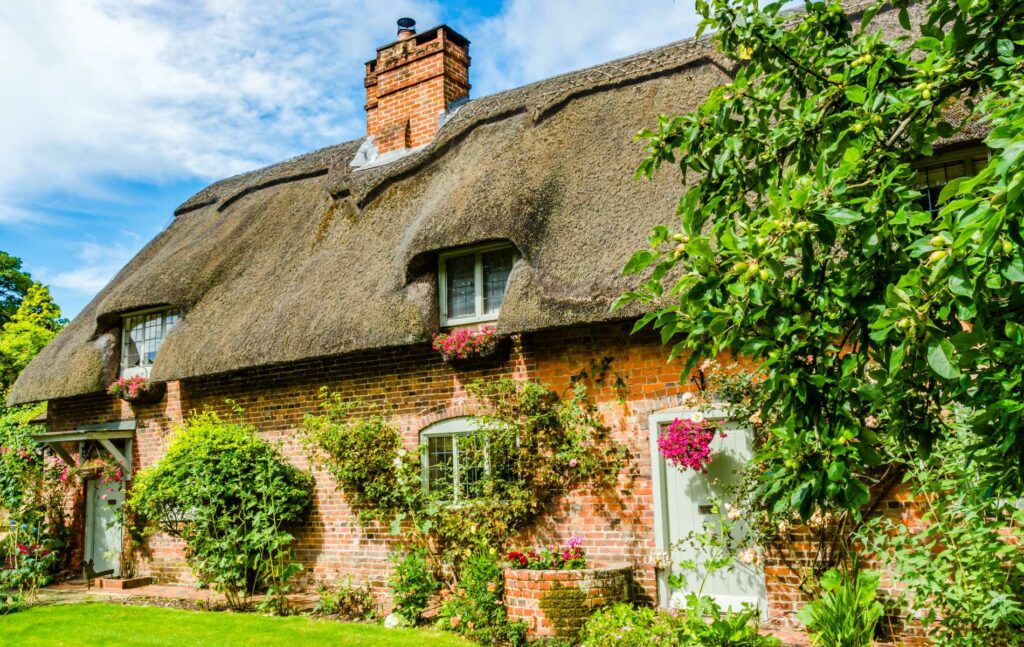
Key facts:
- Education: St Mary’s Bentworth Church of England Primary School is rated Good by Ofsted. The public sector secondary, co-educational, Amery Hill School, is in Alton—just five miles (8 km) to the southeast—was also rated Good by Ofsted at the last inspection in 2017. The most notable independent schools nearby are both 16 miles (26 km) away in Petersfield, namely, Churcher’s College and Bedales;
- Transport links: Bentworth is in the rolling Hampshire countryside, to the northwest of Alton and immediately south of Basingstoke, which is 10 miles (16 km) away. Road transport connections are good, with a choice of two routes into central London—via the A31 from Alton to Guildford or by joining the M3 motorway at Basingstoke. The fastest route for the 57-mile (92 km) drive to central London is likely to take around an hour and a half;
- Trains: the nearest mainline railway station is in Alton where frequent trains directly to London Waterloo take around an hour and 20 minutes.
Why live in Bentworth?
The average price of a home in Bentworth will tell you that it is a particularly well-heeled part of the Hampshire countryside.
Old documents show that the settlement was originally known as Bentewurda or Bintewurda in the 12th Century, becoming Bynteworth in the 14th Century, before becoming what we have previously called part of “Jane Austen country”—the novelist’s former home in Chawton, just five miles (8 km) away, remains open to public visitors.
All in all, a historic corner of rural England—yet still close enough to commute to London.
Micheldever
Key facts:
- Education: Micheldever Church of England Primary School is rated Good by Ofsted. The public sector’s sixth-form college (for ages 16 to 19), Peter Symonds College, in nearby Winchester 10 miles (16 km) away, is rated Outstanding by Ofsted. Winchester is also the home, of course, of the leading 600 year-old independent school Winchester College;
- Transport links: although it rests in an eminently rural location, Micheldever sits practically alongside the M3 motorway—with Winchester immediately to the south and London just over 62 miles (100 km) to the northeast, or a drive of around an hour and a half, depending on traffic. London Heathrow airport is just 45 miles (72.4 km) away and the regional airport at Southampton just 18 miles (29 km);
- Trains: Micheldever is also on the mainline railway running between Portsmouth and London Waterloo.
Why live in Micheldever?
An evocative picture of a recent move from the busy street of London to the rural peace and tranquillity of life in Micheldever is given in a personal account on Evie Winter’s blog.
It relates the joys of moving to a place where crime rates are low, roads are uncongested, and there is a welcome into the local community through the church’s Cake and Plant sale.
Candover Valley – Preston Candover, Brown Candover, Nutley, Northington
Key facts:
- Education: Preston Candover Church of England Primary School is rated Outstanding by Ofsted. The public sector, secondary modern Bishop Challoner Catholic Secondary School, in nearby Basingstoke (4.5 miles, 7.2 km), is rated Good by Ofsted. Daneshill School is a co-educational independent school set in the grounds of the Wellington Estate at Hook, some 14 miles (22.6 km) away;
- Transport links: the Candover Valley runs inland, through farmland, broadly parallel with the M3 motorway between Basingstoke and Winchester (13.7 miles, 22 km). The Valley itself follows the minor road, B3046, from Basingstoke to the market town of Alresford. The Candover Valley’s primary road transport link, therefore, is to the M3 at Basingstoke. The 58-mile (93.4 km) drive from Preston Candover to central London is likely to take around an hour and a half;
- Trains: wherever your starting point along the Candover Valley, the nearest mainline railway station is typically at Micheldever (roughly 5 miles, 8 km)—with trains to London Waterloo taking around an hour and 20 minutes.
Why live in Candover Valley?
The villages and hamlets of the Candover Valley sit on the banks of the Candover Brook, from which the settlements take their name.
Locals will insist that there are five villages and four hamlets comprising the Candover Valley, which together form a unique rural community. To experience some of that rural charm first-hand, you might want to follow one of the seven “scenic strolls” along the Valley.
In the midst of this mid-Hampshire rural idyll, it may be difficult to remember that you are still close to popular commuter routes and to the City of Winchester to the south.
Meon Valley – East Meon, West Meon, Soberton, Droxford, Exton
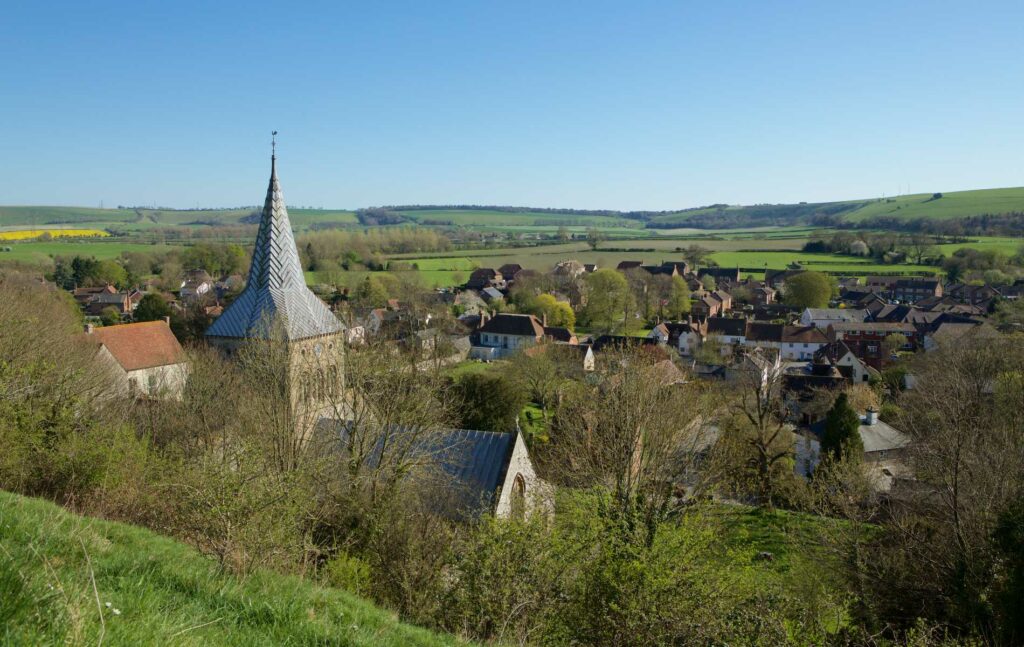
Key facts:
- Education: the local East Meon Church of England Controlled Primary School was rated Good by Ofsted at its most recent inspection in 2019. Secondary level state education is available at Petersfield School—a little over 5 miles (8 km) away—and was rated Outstanding at the most recent Ofsted inspection at the end of 2018. The leading independent boarding schools for boys and girls, Bedales, and Churchers College are also both on the outskirts of Petersfield;
- Transport links: the villages of the Meon Valley are roughly midway—5 or 6 miles (8 to 10 km)—between Winchester to the west and Petersfield to the east. Although the Meon Valley is relatively well off the beaten track, its proximity to both Winchester and Petersfield grant access to major transport networks, including the M3 motorway at Winchester.
- Trains: the nearest railway station is in Petersfield some 5 miles (8 km) away, from where the fastest trains to London Waterloo typically take a little over one hour.
Why live in Meon Valley?
The Meon Valley, in the western part of the South Downs National Park, meanders its way around Old Winchester Hill, to the east of Exton. The Hill is now a National Nature Reserve (NNR) but has been a favourite spot for walkers and ramblers since Victorian times.
The Meon Valley offers a rich seam of charming villages: East Meon and West Meon, Exton, Meonstoke, Soberton.
Each has a mix of vernacular architecture such as flint and thatched cottages, tile-hung farmhouses, and impressive Georgian manor houses.
Property rarely becomes available to buy as those who move here choose to stay; the locals are happy here, they love where they live and like to socialise locally, it is perhaps no surprise to see an unusually high number of quality pubs in this small area.
Itchen Valley – Ovington, Avington, Easton, Itchen Abbas, Martyr Worthy
Key facts:
- Education: Itchen Abbas Primary School is rated Good by Ofsted. The co-educational, public sector secondary comprehensive school, Kings School, in nearby Winchester—just over 5 miles (8 km) from Itchen Abbas—is rated Outstanding by Ofsted. Winchester College is one of the leading independent schools for boys in southern England;
- Transport links: the Itchen Valley stretches for some distance upstream from the City of Winchester as far as the source of the river at Cheriton, near Alresford—some 8 miles (13 km) as the crow flies. The further you travel from Winchester, the deeper you enter the countryside so that Winchester remains the main transport hub and its junction with the M3 motorway—northeast to London and southwest to Southampton and the south coast. By way of illustration, the 67-mile (108 km) drive from Itchen Abbas to central London is likely to take around an hour and 40 minutes;
- Trains: the nearest railway station for direct services to London is at Winchester from where the train journey typically takes an hour and a half.
Why live in Itchen Valley?
Itchen Abbas, Easton and Ovington—together with Itchen Stoke—offer tempting stretches of still-flowing waters to fly-fishermen.
Even as you follow the Itchen Valley upstream, further from the City of Winchester, you will find some imposing, larger country properties set in their own substantial gardens—it’s little wonder then, that the average prices of these homes typically exceed the £1 million mark.
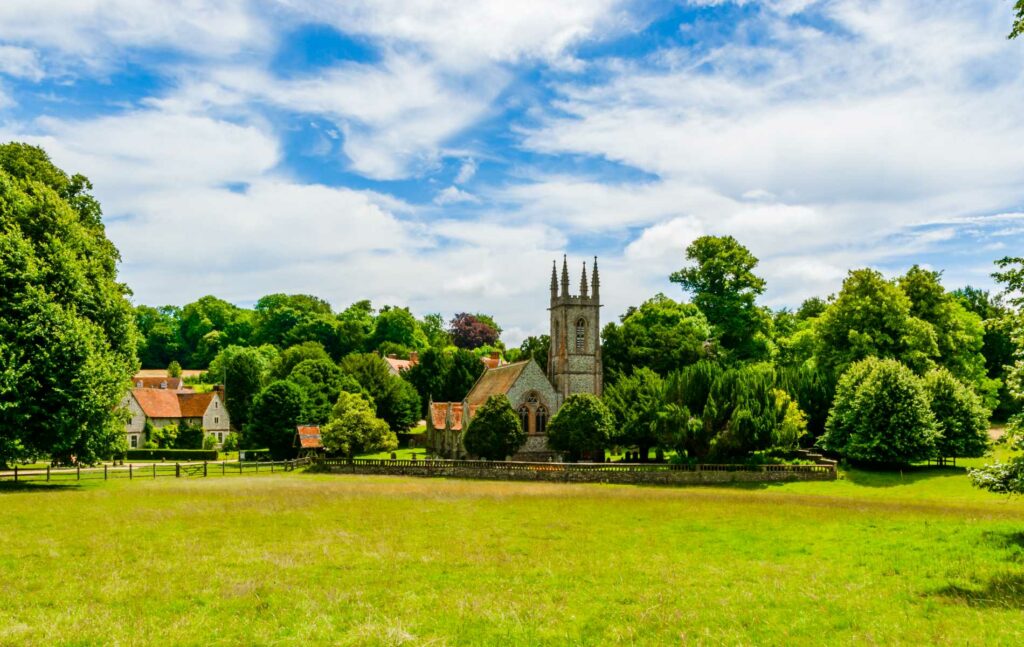
Best places to live in Hampshire
As property finders, we often assist clients in deciding exactly where it is they would like to live in Hampshire.
If you’re planning on moving home and would like assistance in your Hampshire property search please contact us for a no obligation discussion.
